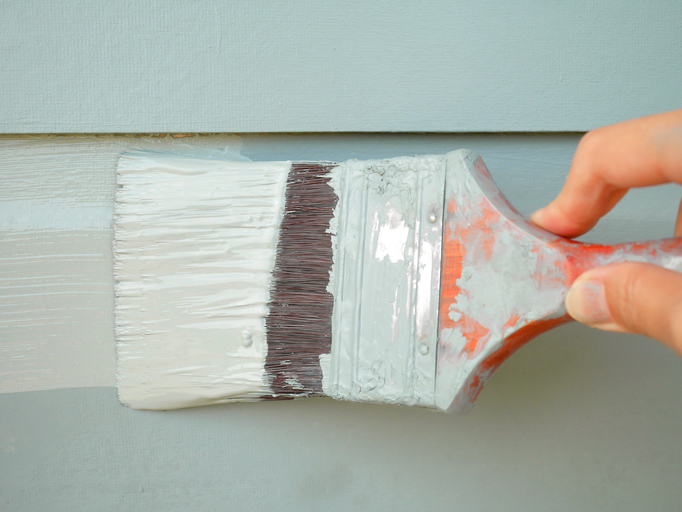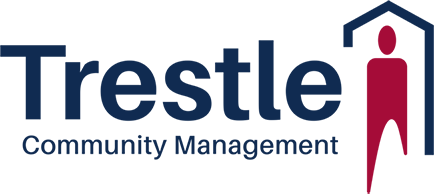Trestle Explains Alteration Requests
Community Associations are established to preserve the value of homes within a community. As such, the Board of Directors has a vested interest in ensuring that the Common and Limited Common Elements maintained by the Association remain in good repair. In addition, the Association often works to maintain the aesthetics of the community, ensuring a consistent and well-maintained appearance.

The Role of the Board of Directors
Board Members are typically elected Homeowners from the community, though some governing documents allow non-Homeowners to run for Board positions. Communities under development may temporarily have builder representatives on the Board while the community continues to be built.

The Board of Directors’ responsibilities are outlined in the community’s governing documents and often include the administration of the Association. Board Members are tasked with adhering to the Association’s legal requirements outlined in Washington State law and the Association’s governing documents. These requirements include maintenance of elements as defined in the documents. While each community is different, an Association is often responsible for the maintenance of common elements, which are items accessible to most, if not all, Homeowners. This would include items such as a monument sign, playground, lobby, and park.
An Association may also be responsible for the maintenance of limited common elements, which generally include items used by one or more Homeowners and are often visible to the community. Though the Association may have the ability to seek reimbursement from affected Homeowners for these maintenance expenses.
When is an Alteration Request Needed?
Association Boards and Committees often review alteration requests which might modify the exterior appearance of a home, affect Common or Limited Common Elements, or otherwise impact neighboring homes.
While each community varies, generally speaking, alterations to the exterior of the home or landscaping usually require advanced Board or Committee approval. Additionally, for attached homes, interior alterations which may affect shared walls, plumbing, or noise levels, such as flooring changes, typically require advanced approval.
Homeowners are strongly encouraged to review and familiarize themselves with the governing documents for their community prior to making alterations. If approval of an Architectural Control Committee (ACC), also known as an Architectural Review Committee (ARC) or Property Improvement Committee (PIC), is required, owners may submit all their documents and alteration request through Trestle’s My-Community Web Portal.
Understanding the Review Process
Each community is different, and some may have review timelines outlined in their governing documents while others may not. Typically, Homeowner requests are reviewed and either approved or denied by the Board or Committee within a 30-day period of time. However, actual time may vary based on the community requirements, information provided and any needed follow up. Ensuring that requests include all required documentation and thoroughly outline the project scope and materials will help Homeowners avoid delays.
After submitting an alteration request through Trestle’s My-Community Web Portal, the Homeowner will receive a confirmation letter in the mail. This is the first step in the process; work may not begin until an official approval letter has been received.
Project approval by the Association simply confirms that the project outlined is in compliance with the Association’s governing documents. It does not ensure that the work is in compliance with local restrictions. After receiving Association approval, Homeowners should ensure they obtain all required permits and meet the requirements imposed by local jurisdictions. Finally, Homeowners should ensure that any contractors hired to perform the work are properly licensed and insured with the State of Washington.
The Role of Governing Documents
Communities are often incorporated at the time of development by the builder, but some are incorporated later down the road, in the case of a rental unit community which is converted to an Association.
Each common interest ownership act in Washington State outlines different responsibilities and protections for the Association and Homeowners. A community’s Articles of Incorporation and Bylaws typically include details outlining to which act an Association is subject.
Once an Association has been incorporated, responsibility is better defined, which allows the community to prepare its other governing documents. An established Association may have many community-specific governing documents, such as Rules and Regulations. These are designed to complement the other governing documents and provide further detail and guidance.
Each community starts with same core documents:
- Articles of Incorporation – typically document the legal creation of the Association as a corporation,
- Bylaws – often establish the rules which define the innerworkings of the Association, such as Board of Director eligibility, positions, terms, and election processes, and
- Declaration – usually define maintenance responsibility, and outline which elements belong to the Homeowners, and which belong to the Association.
Homeowners and the Association are bound by all documents and Homeowners should familiarize themselves with the responsibilities, including maintenance and aesthetic requirements, assigned to them in each. Please visit Trestle’s My-Community Web Portal or contact us for more information.
Connecting with Trestle
Trestle regularly connects on LinkedIn, Facebook, and Twitter, and can be contacted through its website or at (425) 454-6404.



